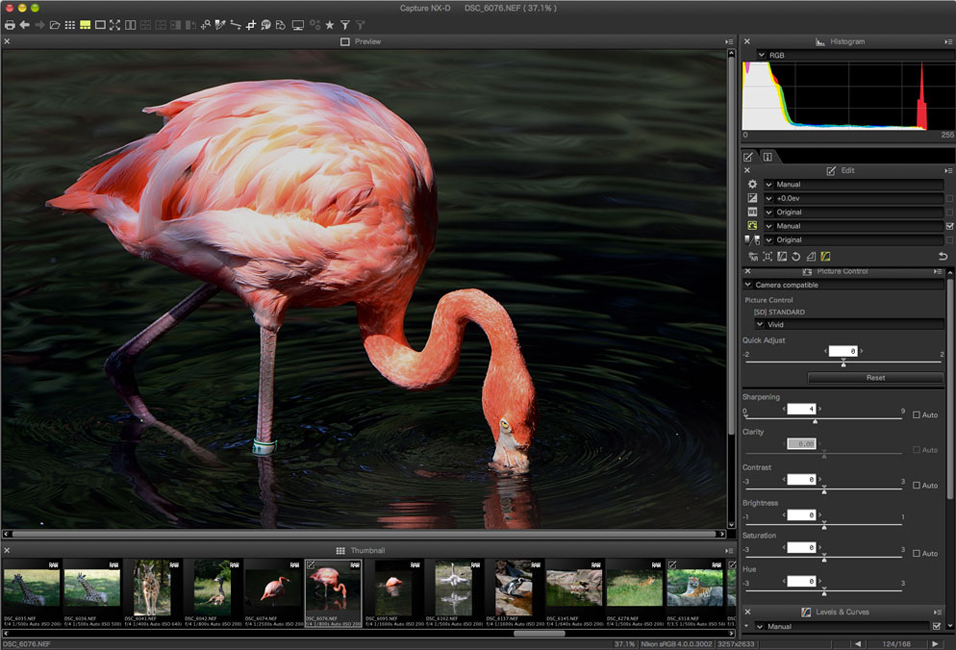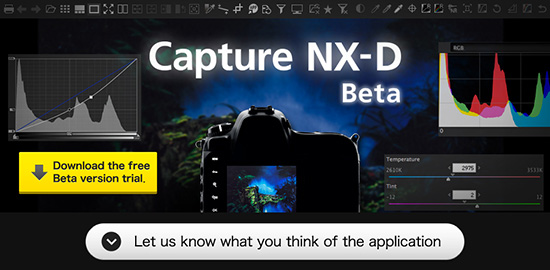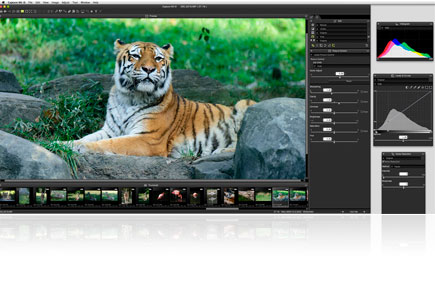

I’ve heard people going on about the improved image quality and tones out of Capture One (C1) for some time now, but always felt that these were overblown claims which varied by photographic genre, or were reserved for owners of the expensive Phase One Medium Format cameras. After spending a fair amount of time with it, I thought I’d share some findings to help you make the right choice for the sort of work you do. This was enough to encourage me to forge ahead with Capture One and further explore its options.

#NIKON CAPTURE NX D VS LIGHTROOM UPGRADE#
It immediately became apparent that the quality upgrade I was seeing was the result of Capture One’s raw processing engine and little else. I initially suspected that this might be due to the expensive Broncolor lights and parabolics that we used throughout the shoot, but to be sure I decided to pull my images into Lightroom for a comparison. After completing the three days of shooting I began inspecting the images and while pulling them into Photoshop, I couldn’t help but notice that the quality felt better than what I’m accustomed to. While I’ve had Capture One installed for a few months now, my initial impressions weren’t positive and so it sat idle on my computer.

A few weeks ago when while filming a new fashion, beauty and portraiture course for PRO EDU, I was forced to shoot tethered and decided to do so with Capture One. For the majority of my work I avoided shooting tethered due to the pervasive connection issues that plagued Lightroom - my go-to raw processor for the last few years.


 0 kommentar(er)
0 kommentar(er)
